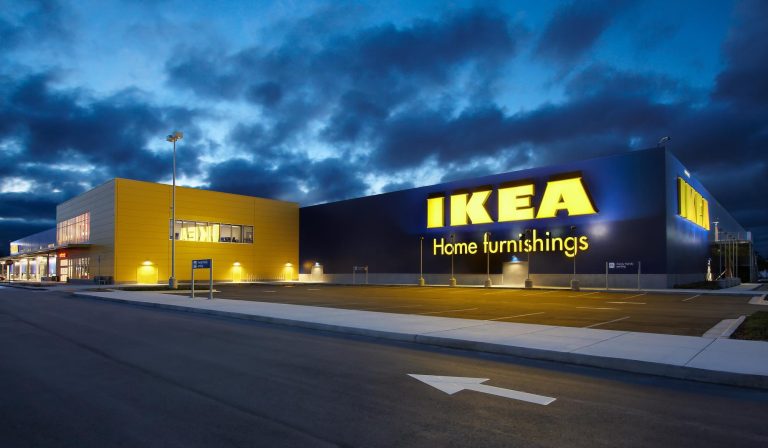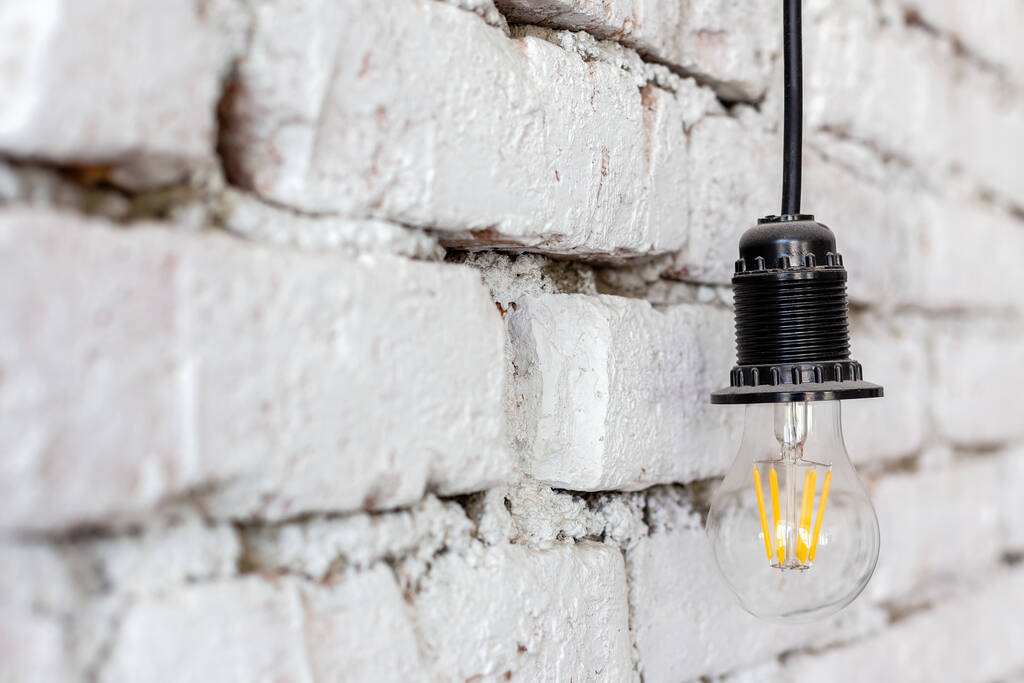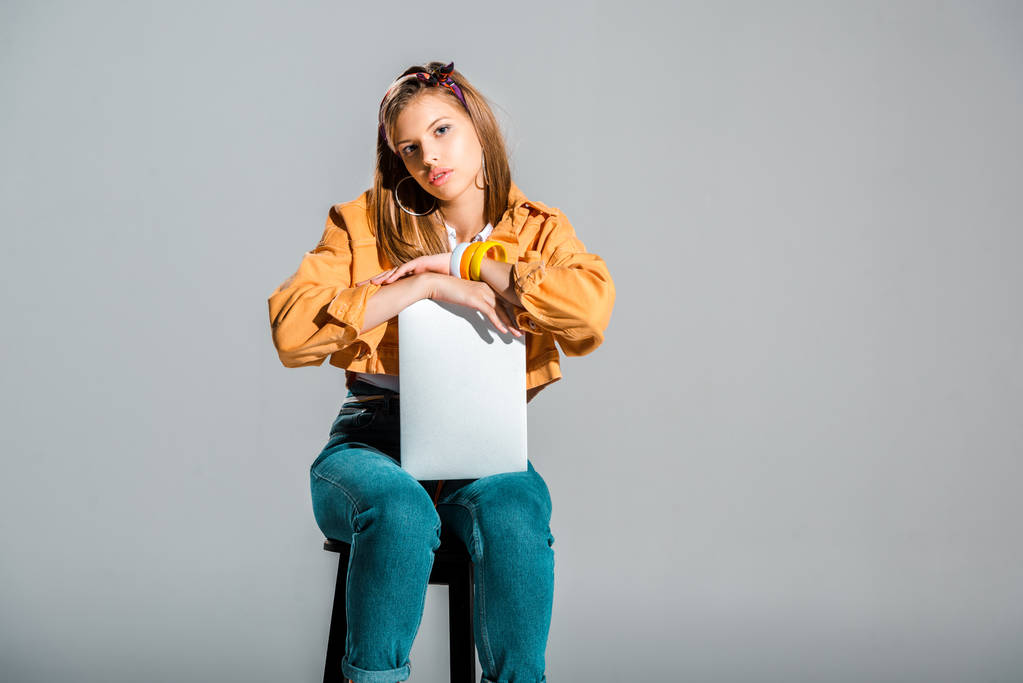Cyprus – an island in the Mediterranean Sea with a turbulent history and a divided country since the Turkish invasion in 1974. How did it come about and can there be a reunion?

The History of Cyprus
How did the invasion by Turkey and the resulting division come about? As is often the case, the causes lie quite far in the past. In 1878, following the Congress of Berlin in June-July of the same year, Cyprus became a sort of British protectorate. In 1914 Great Britain annexed the island. In the Peace Treaty of Lausanne at the end of the Greco-Turkish War of 1919-1922, Turkey recognized British annexation and formally renounced Cyprus. In 1925 Cyprus became a crown colony. However, the Greek Cypriots wanted the island to be annexed to Greece, the Enosis. However, it was believed in Great Britain that the island could not be dispensed with from a strategic and military point of view. In 1931 there was unrest, which was put down by the British colonial power. Cyprus played no role in World War II, but during the Cold War and after the founding of NATO, the island was of great importance for espionage flights and as a base for nuclear bombers. It was therefore clear to Great Britain that the island as a whole had to remain a British base.
In 1950 the Orthodox Church in Cyprus made a new push towards independence. In an unofficial poll, a majority of Cypriots voted in favour, but this was ignored by the British government. The newly elected Archbishop of Cyprus Makarios III. Not content with that, the Greek government under Prime Minister Alexandros Papagos was forced into action by threatening to take the Cyprus case to the UN. British Prime Minister Antony Eden then countered that the Cyprus issue also concerned Turkey, trying to play Greece and Turkey off against each other. Turkey responded accordingly, threatening to consider the Lausanne Treaty lapsed, which would mean that Cyprus would have to be handed back to Turkey accordingly. The British tactical maneuver made Ankara a player in the Cyprus poker game; At the same time, London used this tactic to trigger a new Greek-Turkish conflict. But Great Britain not only pursued its divide et impera policy towards Athens and Ankara, but now also played the ethnic groups on Cyprus off against each other.
In 1955, the Greek Cypriot underground organization EOKA started fighting. Turkish Cypriots were suspicious of the Enosis movement, fearing that joining Greece could lead to discrimination. They wanted to maintain the status quo and therefore increasingly turned to Great Britain. In order to save their own strength, they set up a special police unit made up of Turkish Cypriots to combat EOKA, and their deployment inevitably led to a confrontation with EOKA. With British tolerance, the Turkish general staff also built up an armed underground organization. The political goals of the Turkish side changed during the conflict from the initial desire to maintain the status quo to the partition of the island, Turkish Taksim. In 1958 there were first clashes between the TMT and the EOKA. In the course of this, civil war-like conditions ensued. The British’s failed Suez adventure diminished the island’s strategic value. The USA built up pressure because they saw the quarrels between NATO allies Greece and Turkey as a threat to NATO’s south-eastern flank. A solution was worked out in talks in 1959; However, this without the participation of the Cypriots, who saw themselves disadvantaged. In truth, this solution only served to settle the dispute within NATO, it did not resolve the conflicts on Cyprus itself.
How the division came about
The conflicts intensified. Makarios realized that partition or independence was the only option. While the Greek population wanted enosis, the Turkish population was divided. The more moderate group was for an independent Cyprus, the radical group for partition. An additional problem was that Makarios rejected de facto equality between Turks and Greeks, which was unacceptable given the ratio of 80:18 (Turks to Greeks) for the Turkish majority, since Makarios wanted a privileged partnership for the minority. The conflict erupted openly in 1963 when Makarios wanted to push through 13 constitutional amendments, including the abolition of the Turkish vice president’s absolute veto power, without offering any compensation to the other side. This plunged Cyprus into a serious state crisis. Both sides kept heating up the conflict, so that towards the end of 1963 one could speak of civil war-like conditions. The inner-Cypriot confrontation spread to the mother countries.
When a direct Greek-Turkish clash threatened in December 1963, US President Lyndon B. Johnson intervened and prevented the outbreak of war between Greece and Turkey. Shortly thereafter, he suggested sending a NATO contingent, which Makarios rejected, however, and whereupon he turned to the Soviets. Nikita Khrukhchev willingly got involved. This ultimately led to the stationing of a UN peacekeeping force, the UNFICYP. Before this arrived, however, it escalated again in Cyprus. In late May 1964, Turkish President Mustafa Ismet Inönü ordered a military invasion of Cyprus for early June. Only through massive pressure in the form of a threatening letter was Johnson able to avert the invasion at the last moment. The Turkish government interpreted the Montreux Straits Agreement of 1936 so liberally that it was possible for the Soviets to bring a fleet into the Mediterranean which, as the so-called Eskadra, caused problems for NATO strategists for years.
The Americans got involved again. Several plans were drawn up together with British Foreign Secretary Dean Rusk to solve the Cyprus problem. All plans had in common that the state existence of Cyprus should be eliminated and Greece should be connected. In return, Turkey should receive territorial compensation from Greece, the so-called double enosis. Turkey agreed in principle, but Greek Prime Minister Georgios Papandreou had qualms about imposing such a solution on Cyprus. Although Turkey had renounced the invasion, the Turkish air force intervened in the renewed fighting at Kokkina in the Tillyria region and occupied Greek Cypriot villages with napalm bombs. When the Soviet Union got involved, the Greek government reacted nervously. In discussions with the Americans and British, the conception that went down in history as the “enosis per putsch” was developed: it was planned for Greece to organize a coup d’etat on Cyprus, get rid of Makarios and then immediately annex Cyprus should proclaim to Greece. According to the plan, the Americans and British would prevent Turkey from reacting too hastily. As soon as the situation calmed down, the Greek and Turkish governments would agree on compensation. Ultimately, this plan was not implemented, after which the Americans withdrew from active Cyprus policy for the time being.
The invasion of Turkey
Then, in 1967, something happened that further aggravated the situation. Right-wing officers led by Georgios Papadopoulos seized power in the “Colonel Putsch” and established a military dictatorship in Greece. The diplomatic position of Greece and its military presence in Cyprus were weakened by the foreign policy amateurism of the military. The idea that the dictatorship would be imported when the island was annexed to Greece led to a strong cooling off of the desire for enosis among many Cypriots. Makarios then distanced himself from Greece, but made the mistake of not normalizing relations with the Turkish Cypriots and did not give up the blockade policy. The Greek military junta felt provoked by his behavior and tried to discredit Makarios and, if necessary, eliminate him. This in turn provoked the Turkish Cypriots.
In the 1970 general election, the Communist Party became Cyprus’s strongest party. The United States then referred to Cyprus as the Cuba of the Mediterranean, and the secret services of Greece and the United States coordinated efforts to overthrow Makarios. The October 1973 Yom Kippur War in the Middle East once again highlighted the strategic importance of Cyprus. Around the same time, students at the Athens Polytechnic rebelled, dictator Georgios Papadopoulos was overthrown, and the head of the military police, Dimitrios Ioannidis, became the new dictator of Greece. The student uprising had shown that the junta’s days were numbered. In order to consolidate his position, Ioannidis urgently needed success, and he believed he could achieve this in the field of Cyprus policy. He decided to carry out the 1964 “enosis per coup” plan. The Athenian secret service was instructed by Ioannidis to prepare a coup d’etat against Makarios, and the terrorist group EOKA B, which had been set up by Grivas during the dictatorship, increased its activity. On July 15, 1974, the coup d’état began with an assassination attempt on Makarios, which failed. The putsch had actually failed, but the putschists did not give up. Since they could not find a presentable collaborator, they appointed Nikos Sampson, notorious as a “Turkish killer”, as president. However, the fact that this massively provoked the Turkish side is only a convenient pretext – after all, the Turkish invasion had been prepared for a long time since 1964.
On July 20, 1974, Turkish forces landed near Kyreneia. On July 23, the military junta in Athens was overthrown. A day later, former Prime Minister Kostas Karamanlis returned to Greece from exile in Paris and resumed the post of Prime Minister. In order to be able to dispose of the Greek armed forces in a possible war with Turkey, Greece withdrew from the military part of NATO on this day. This was a serious mistake because NATO was willing to mediate. This first phase of unilateral military intervention by invading Turkish forces through the right of intervention to restore the status quo ante is considered by some to be justified. Had Ecevit been content with restoring the status quo ante, he would have proved himself a great statesman. Through moderation he would have brought his country closer to Europe. Instead, he piled up obstacles in Turkey’s path to Europe, and the military in Ankara, unable to resist the temptation, on August 14, 1974, ordered the invasion to proceed. By August 16, the Turkish army occupied almost 40 percent of the island. By August 16, the Turkish army occupied almost 40 percent of the island. She deliberately advanced slowly to give the Greek Cypriots a chance to escape. Where they did not go voluntarily, force was used to help. Hundreds of civilians and prisoners of war were mass executed, raped and abused. There were many dead (980 on the Greek side). In all, just over 170,000 Greek Cypriots were expelled. The expulsions in the north of the island by the Turkish army provoked isolated violent reactions in the south of the island.
Many Turkish Cypriots fled their homes and headed north or fled to British bases. In this context, it must be noted that there was no official expulsion policy in the south of the island; rather, the fear of Greek terror and the Turkish request to flee to the north played together. The motives of the population movement are therefore not to be equated. In the end the island was divided and the ethnic “land clearing” was completed. As the second phase of the invasion began, the British were ready to place their now reinforced troops stationed in Cyprus under UNFICYP to stop the advancing Turkish forces. The British government informed Kissinger of this, but Kissinger rejected the British proposal: the Cyprus problem was to be solved once and for all. The second phase of the Turkish invasion could not be justified by anything, not even legal sophistication, since the causes that had led to the first phase had been eliminated: the military dictatorship in Greece had collapsed, a democratic government was in place, and in Cyprus it was coup collapsed; the second phase was an act of violent expansion.
The consequences of the invasion and initial negotiations.
200,000 Greek Cypriots, 40 percent of the Greek Cypriot population, were forced to leave their homes in the occupied territory and became refugees. A few thousand Greek Cypriots who remained in their homes after the invasion were gradually forced, using intimidation methods, to leave their homes and move south. Turkey continued its occupation of Cypriot territory in complete defiance of repeated UN resolutions. The resolutions demanded respect for the independence, sovereignty and territorial integrity of the Republic of Cyprus and the withdrawal of all foreign troops. This attitude of Turkey, as well as the continued violation of the fundamental human rights of the Cypriot people, has been condemned in the strongest possible terms by international bodies such as the UN General Assembly, the Non-aligned Movement, the Commonwealth and the Council of Europe.
Turkey continued to cling to the occupation. As a result of the invasion, around 35,000 soldiers were stationed and around 70,000 settlers from Anatolia were resettled in Cyprus. Added to this is the systematic destruction and alteration of the historical and cultural character of the area under Turkish occupation and the creation of a separate Turkish Cypriot economy. Thus Cyprus is part of the EU on the one hand and Turkish on the other. Due to the de facto partition of Cyprus, the internationally recognized Republic of Cyprus exercises effective control only in the southern part of the island. Different regulations therefore apply to entry into the northern and southern parts. The Republic of Cyprus is a full member of the EU, but remains effectively divided into two parts. The internationally recognized Republic of Cyprus exercises effective control only in the southern part of the island, not in the northern part, which is delimited from the southern part by a demarcation line (Green Line). Only Turkey recognizes the northern part it occupies as an independent state (“Turkish Republic of Northern Cyprus”). UN units control the buffer zone between the north and the south, which is a restricted military area and also partially mined. Caution is advised when approaching the buffer zone and warnings are given against crossing the seaward extension of the demarcation line by swimming or boats. Military installations that are not necessarily designated as such throughout the island and the ban on photography that applies there should be respected, signage is not always clearly visible. Due to the de facto division, the German embassy in Nicosia can only provide limited consular protection in the northern part of the island.
But what are the chances of a reunion? Negotiations were started shortly after the invasion. In December 1974 the first talks began with the aim of overcoming the division of the island and establishing a new political order for both ethnic groups. As early as November, a United Nations (UN) resolution called for the withdrawal of all foreign troops, the return of all refugees and direct negotiations between representatives of both ethnic groups under the auspices of the United Nations. It was clear to all parties to the conflict that after the events of the past few years and the facts created by the invasion, a return to the 1960 constitutional order was out of the question. The Greek Cypriots had no choice but to agree to a federal solution demanded by the Turkish side. The question of what this should look like has divided both sides to this day. The Greek side demanded and still demands a strong central government, the Turkish side a weak one. While the Greek Cypriots originally had in mind a multi-regional federation in order to enable as many refugees as possible to return, the Turkish Cypriots are demanding a state made up of two federal states that are as ethnically homogeneous as possible. Political equality at all levels has been and has been the basic principle of all Turkish-Cypriot solution ideas since 1974.
On the other hand, the Greek Cypriots insist that any solution must take into account that they are the majority of the population, at 82 percent. It was and is essential for the Greek side to withdraw the Turkish troops as completely as possible. All negotiations were doomed to failure, and US intervention did not bring any progress either. While then-UN Secretary-General Perez de Cuellar proposed a compromise that was accepted, albeit reluctantly, by Greece, the Turkish government proclaimed the Turkish Republic of Northern Cyprus, which Ankara promptly accepted. The UN Security Council declared them invalid. In July 1990, the situation was further complicated when the Republic of Cyprus applied for membership of the European Community. All talks were then broken off, the situation was more complicated than ever. When it became apparent that the EU would accept the Republic of Cyprus even without a solution to the Cyprus conflict, renewed negotiations under the auspices of the UN began in January 2002 with the aim of creating a plan that encompassed all aspects of a solution for the first time. However, progress could only be made when a new government came to power in Turkey in November. The AKP government backed away from Turkey’s longstanding position that the facts established in 1974 represented the solution to the Cyprus problem in order to put its own EU ambitions on a realistic footing.
Reunification – is it still coming?
It took until the beginning of 2004 before the final version of a solution plan that included all aspects of a future political order was drawn up. The key points of the Annan Plan, named after the Secretary-General of the United Nations, were:
Government elected by Parliament, composed of four Greek Cypriots and two Turkish Cypriots; collective leadership with veto rights for both ethnic groups
Two-chamber parliament based on the 1978 model
27 percent of the territory for the north;
Ambivalence: Establishment of a new state by two equal states (as demanded by the Turkish side but rejected by the Greek side as a possible starting point for a later secession) or conversion of the existing Republic of Cyprus into a new state (as demanded by the Greek side)
ambivalence: federation or confederation;
Return of more than half of the refugees under Greek Cypriot administration and resettlement of tens of thousands of Turkish Cypriots
Citizenship for more than 45,000 Turkish immigrants
Significant and persistent restrictions on the return of Greek refugees and freedom of movement in the north
Permanent Greek and Turkish military presence
Greece and Turkey, together with Great Britain, remain guarantor powers with the right to intervene.
In two simultaneous referendums, the plan was rejected by the Greek Cypriots. The Turkish Cypriots, on the other hand, voted in favor of the proposed solution. Up until the spring of 2008, there had been little progress on the Cyprus question, which was mainly – but not only – due to Papadopoulos’ openly intransigent attitude. With the election of leftist Dimitris Chistofias as president in February 2008, the climate changed abruptly. Direct negotiations between the two ethnic groups began, which for the first time in the modern history of Cyprus were led by two politicians who were considered moderate and which raised high hopes. But here again there was no significant progress. From April 27 to 29, 2021, talks took place again, again under the auspices of the United Nations. But here again there was no breakthrough, the situation is deadlocked. Both sides insist on the well-known points, and there is no sign of a compromise. So Cyprus will remain divided and divide Europe.






























